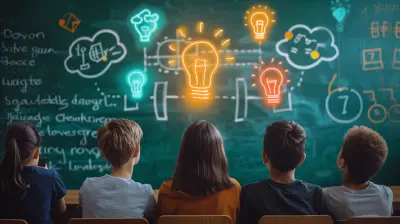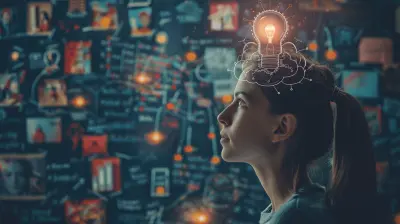The Role of Collaborative Learning in Enhancing Creativity
11 August 2025
Creativity isn’t just about painting masterpieces or writing poetry—it’s about thinking outside the box, solving problems in new ways, and pushing boundaries. But here’s the thing: creativity doesn’t always happen in a vacuum. Some of the most groundbreaking ideas in history have emerged through collaboration.
Think about it—where would Apple be without Steve Jobs AND Steve Wozniak? Could the Wright brothers have revolutionized aviation working solo? Creativity thrives when minds connect, challenge, and inspire each other. And in the world of education, collaborative learning is the secret sauce that fuels creativity.
But how does working together unlock new ideas? Why does bouncing thoughts off others often lead to stronger, more inventive solutions? Let’s dive deep into the fascinating link between collaborative learning and creativity.
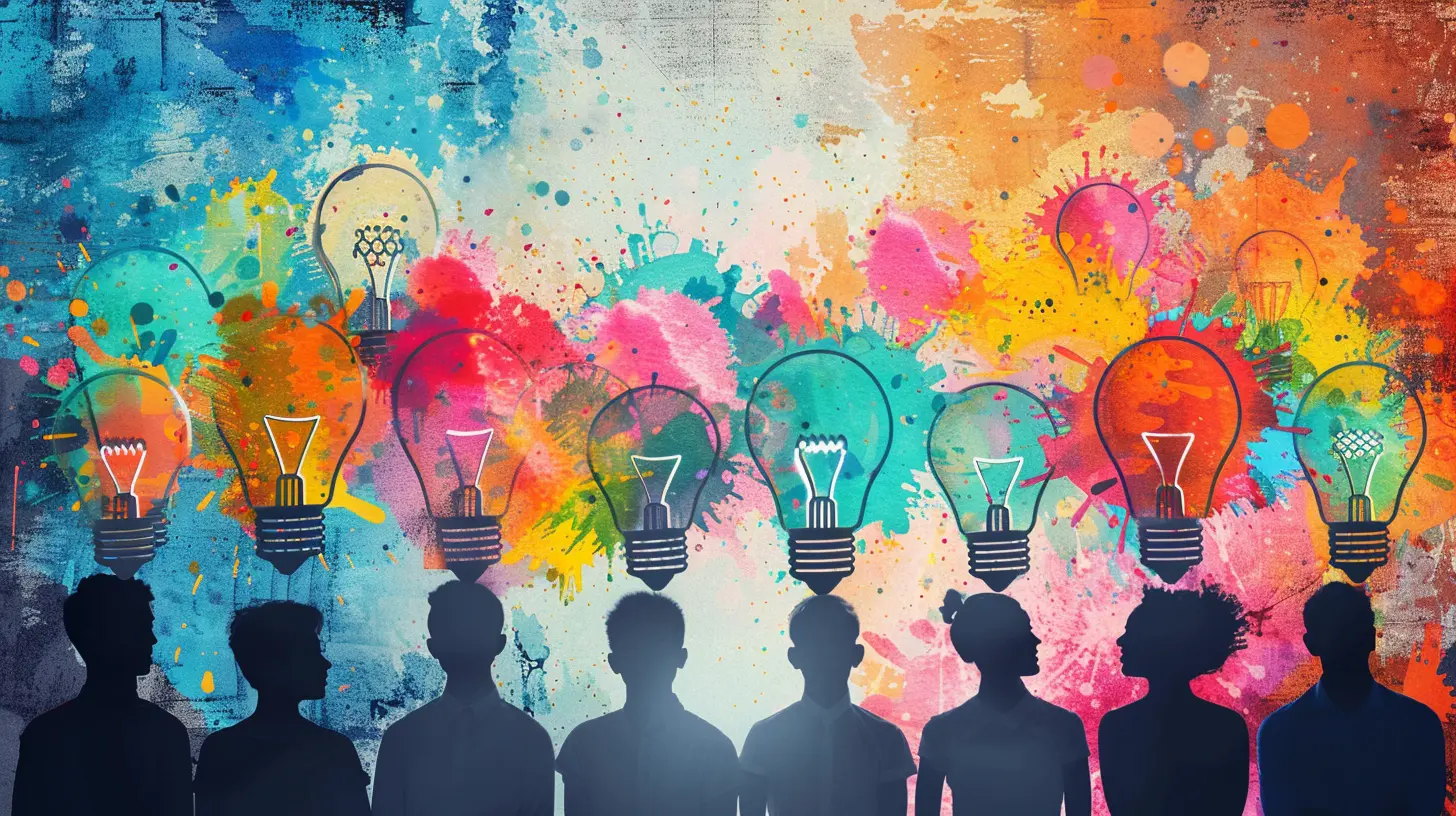
What is Collaborative Learning?
Before we explore its impact on creativity, let’s get one thing straight—what exactly is collaborative learning?Simply put, collaborative learning is when students (or even professionals) work together in groups to solve a problem, complete a project, or understand a concept. Unlike traditional learning, where one person (usually the teacher) does the talking while everyone listens, this method thrives on interaction, discussion, and teamwork.
It comes in many forms—group projects, peer reviews, brainstorming sessions, or even online discussion forums. The goal is to leverage the collective knowledge of a group rather than relying solely on individual effort.
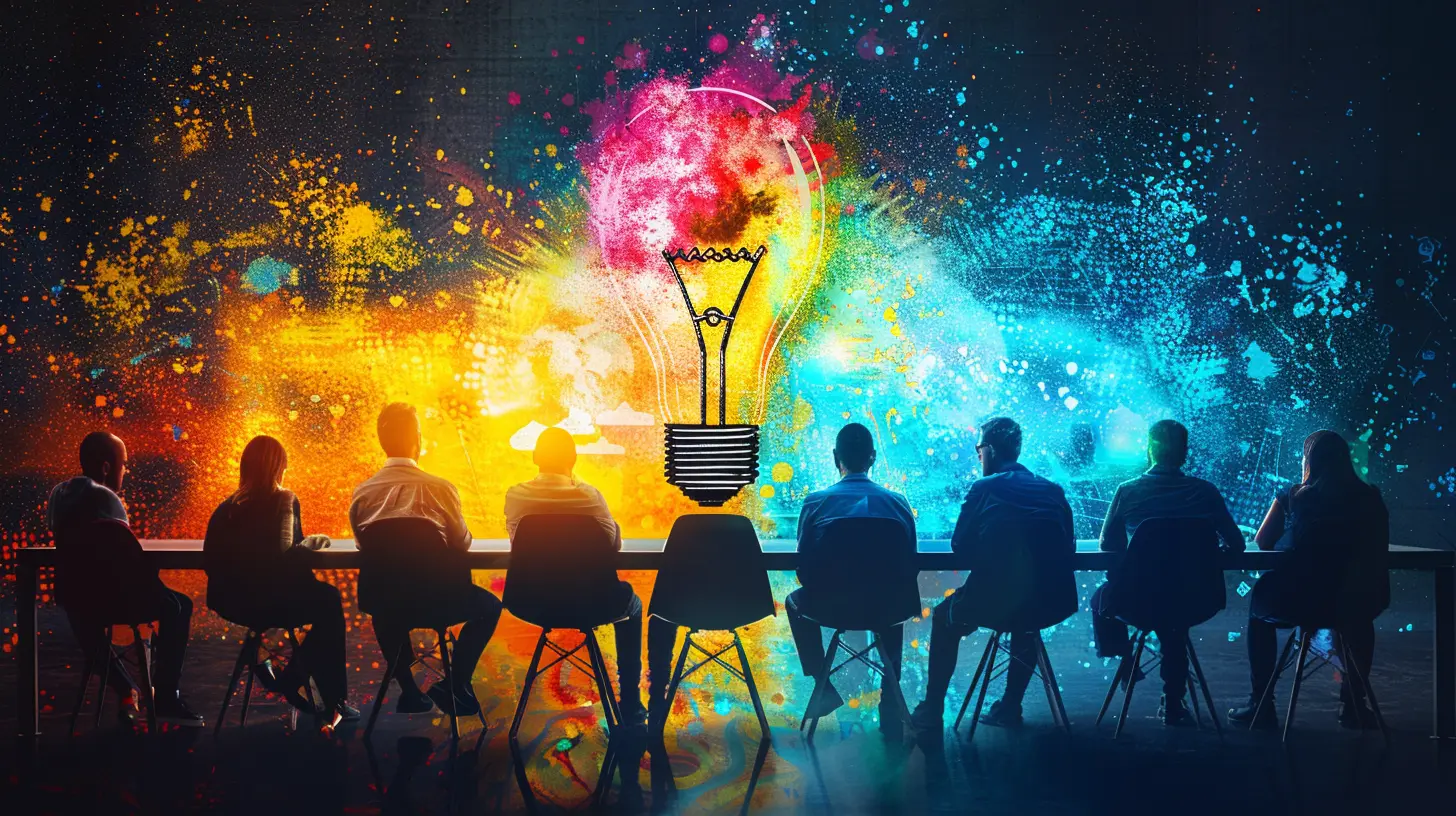
How Collaborative Learning Sparks Creativity
Creativity flourishes in environments where ideas are freely exchanged, challenged, and refined. Collaborative learning does exactly that. Let’s explore why working together makes us more creative:1. Exposure to Diverse Perspectives
Have you ever been stuck on a problem, only to have someone offer a completely different approach that blows your mind? That’s the magic of diverse thinking.When students from different backgrounds, skills, and experiences come together, they bring unique perspectives to the table. This cross-pollination of ideas often leads to solutions that wouldn’t emerge in isolation.
For example, an engineering student and an art student might approach a design challenge differently—but their combined insights could lead to innovations neither could have imagined alone.
2. Encourages Risk-Taking Without Fear
One of the biggest killers of creativity? Fear of failure.When people work alone, they might hesitate to try unconventional ideas because of self-doubt or fear of criticism. In a collaborative setting, however, there’s a sense of shared responsibility. The group dynamic provides a safety net, encouraging individuals to take risks, think boldly, and experiment without fearing total failure.
Imagine a classroom where students work together to invent a product. Instead of one person stressing over whether their idea is "good enough," the group refines and improves it collectively. This freedom fosters bold, creative thinking.
3. Boosts Critical Thinking and Problem-Solving
Creativity isn’t just about wild ideas. It’s about solving problems in innovative ways. Collaborative learning forces individuals to think critically, challenge each other's ideas, and approach problems from multiple angles.In discussions, students need to justify their thoughts, defend their reasoning, and sometimes admit they were wrong. This intellectual back-and-forth strengthens their ability to analyze, refine, and enhance creative ideas.
4. Inspires Motivation and Engagement
Be honest—haven't we all struggled to stay engaged when tackling something alone? Sitting in silence, staring at a screen, hoping an idea magically appears? Yeah, not the best way to spark creativity.Collaboration makes the learning experience more engaging and interactive. The energy of a group discussion, the excitement of bouncing ideas off others—these things naturally boost enthusiasm and motivation. And a motivated mind is a creative mind.
5. Refines Communication and Expression
Creativity isn’t just about coming up with ideas—it’s about expressing them effectively. Collaborative learning forces students to articulate their thoughts clearly, explain their reasoning, and give constructive feedback.By engaging in discussions or debates, students develop skills in presenting ideas persuasively and confidently. The better they get at expressing themselves, the more refined and impactful their creative ideas become.
6. Real-World Application & Future Success
In the professional world, almost all major breakthroughs come from collaboration. Whether it's tech companies brainstorming the next big innovation or researchers working together on medical advancements, creativity thrives in team environments.Collaborative learning mimics real-world creative processes, preparing students for future jobs where teamwork, communication, and problem-solving are crucial. By learning how to brainstorm, negotiate, and combine talents effectively, students gain an edge in their careers.
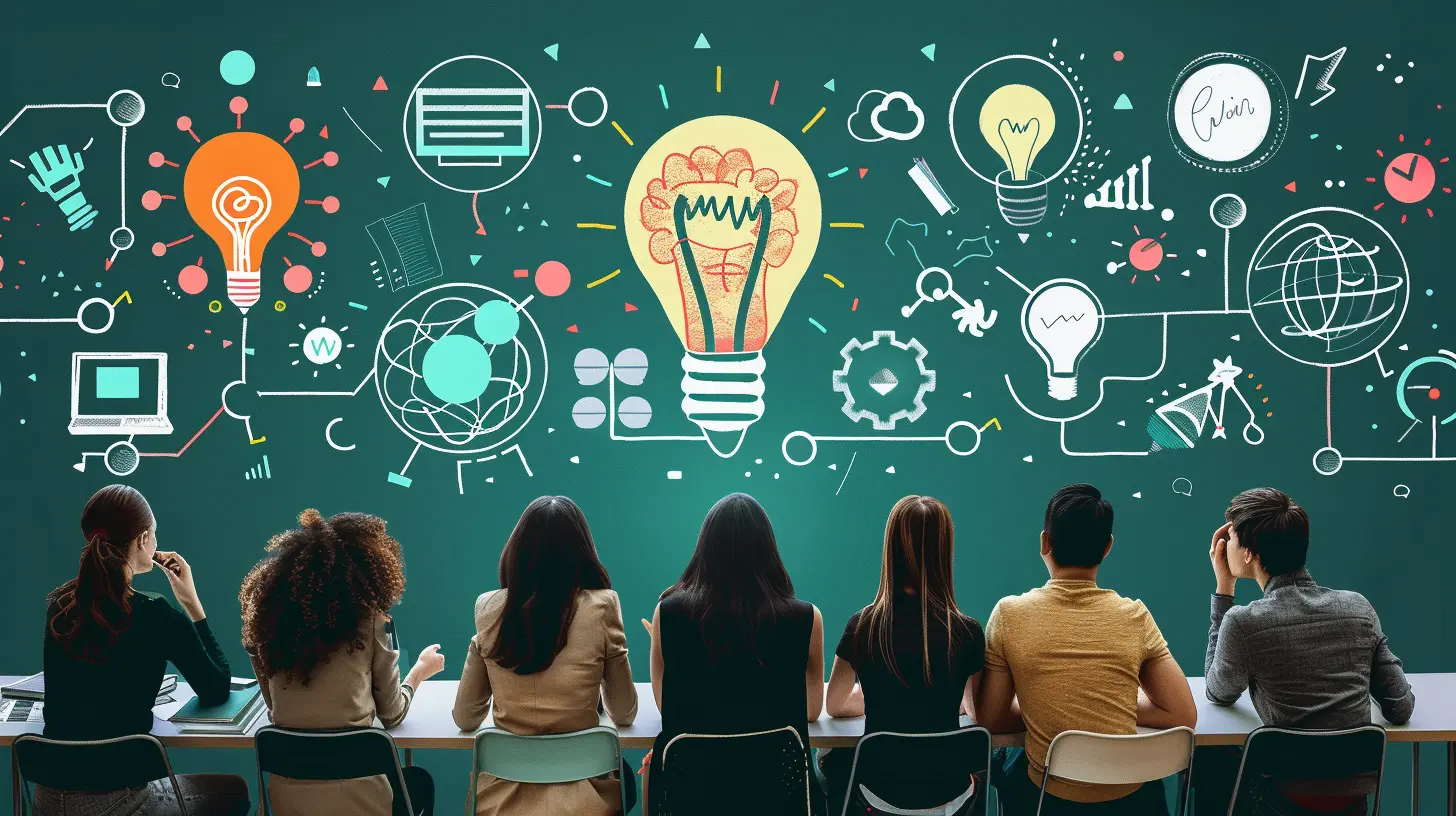
Overcoming Challenges in Collaborative Learning
Of course, collaborative learning isn’t always smooth sailing. Group dynamics can be tricky—some people dominate discussions while others hesitate to speak up. Disagreements can arise, and sometimes, not everyone pulls their weight.So how do we make sure collaboration actually boosts creativity rather than stifling it? Here are some strategies:
- Establish Clear Goals: Ensure the group knows what they’re working towards so discussions stay productive.
- Encourage Equal Participation: Create an environment where everyone feels comfortable sharing.
- Embrace Disagreements: Healthy debate strengthens creativity—it's okay to challenge each other!
- Use Technology Wisely: Online tools like brainstorming apps, shared docs, and digital whiteboards can enhance collaboration.
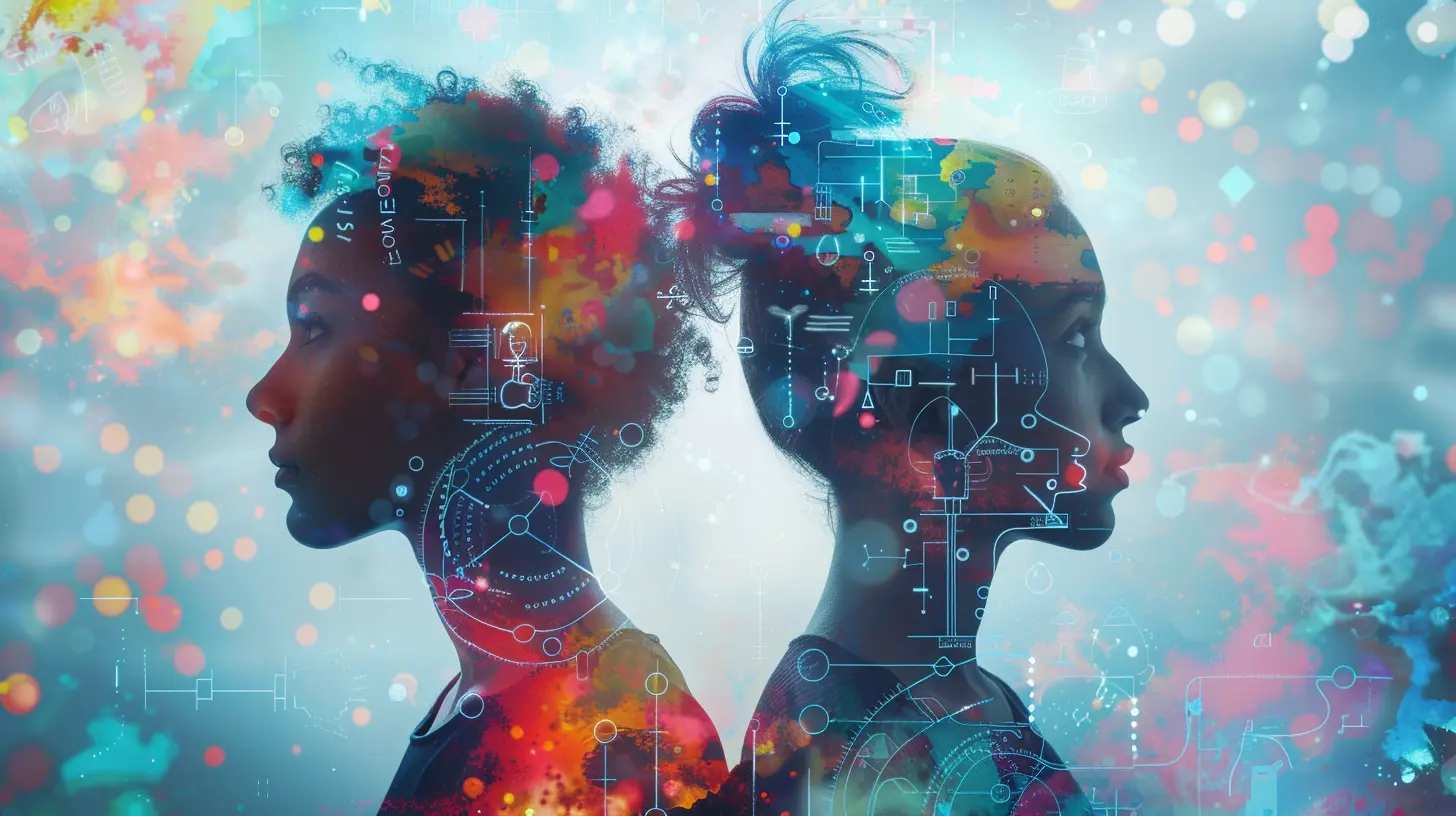
The Role of Teachers in Fostering Collaborative Creativity
Teachers play a huge role in making collaborative learning effective. Instead of just assigning group projects and stepping back, educators should actively guide discussions, encourage diverse thinking, and create a culture where students feel safe to take risks.Simple actions like mixing up group members, incorporating fun brainstorming techniques, and celebrating creative ideas can make a huge difference. After all, when students feel supported, they open up, share more, and innovate fearlessly.
Final Thoughts
Creativity isn't an individual sport—it's a team game. Collaborative learning brings together diverse perspectives, fuels innovative thinking, and encourages risk-taking. It breaks down barriers, sparks engagement, and prepares students for the real-world challenges they’ll face beyond the classroom.So the next time you're stuck in a creative rut, maybe don’t just sit alone with a blank page. Find someone to brainstorm with. Share ideas. Challenge each other. Because sometimes, the best sparks of creativity come not from a single mind—but from a meeting of minds.
all images in this post were generated using AI tools
Category:
Collaborative LearningAuthor:

Bethany Hudson
Discussion
rate this article
1 comments
Aris McLaurin
Absolutely loved this article! Collaborative learning truly sparks creativity and innovation. It's amazing how teamwork can lead to fresh ideas and endless possibilities. Let's embrace collaboration for a brighter future! 🌟
September 2, 2025 at 4:39 AM

Bethany Hudson
Thank you for your kind words! I'm glad you enjoyed the article and resonate with the power of collaborative learning. Let's continue to inspire creativity together! 🌟

